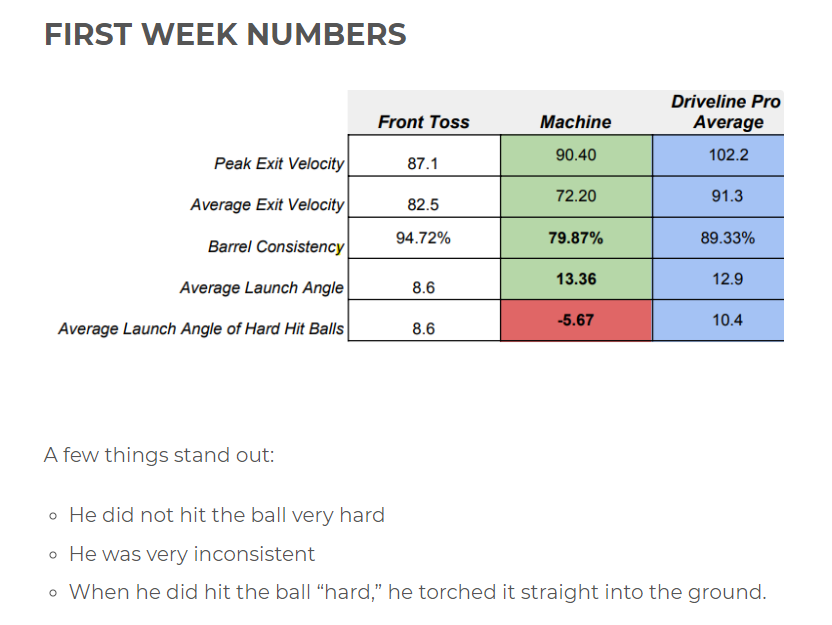League-wide Batted Ball Changes
About every month, podcast mate Rob Silver pours out his undying love and affection for the Rockies Charlie Blackmon. I’m not as much of Blackmon fan but this comment got me thinking.
To play devil’s advocate:
his barrel% went up.
His exit velocity went up.
His xBA and xSLG went up.
Hard hit% went up.
K% went down.
Prior to last year, he hit 28 HRs with 105 runs in his last 161 road games.
It’s possible last year’s road stats were just noise.
— Rob Silver (@RobSilver) May 10, 2020
Blackmon definitely hit the ball harder last year but so did everyone else with MLB’s juiced ball. Even with noisy data, Rob was right and Blackmon exceeded expectations.
Read the rest of this entry »

